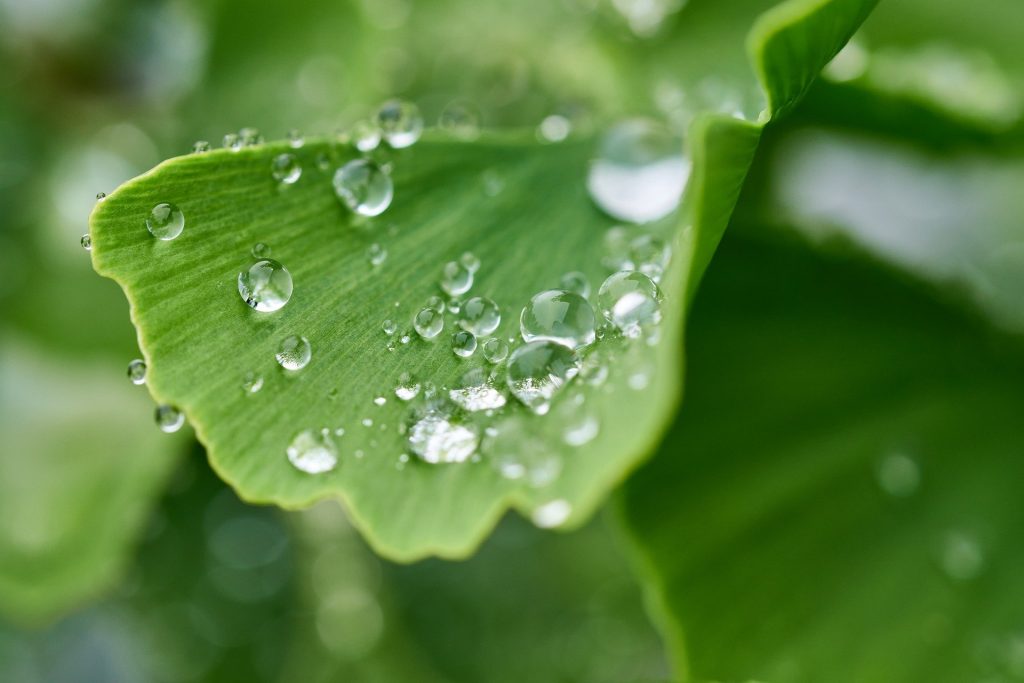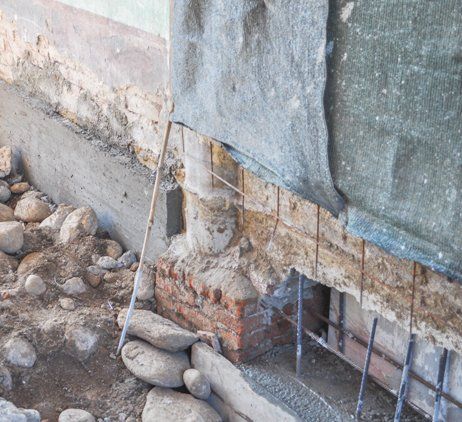Did you ever wonder why do plants have leaves? It seems to make no sense at first glance. If plants don’t need sunlight to survive, why would they have any leaves? After all, plants do get their food through the sun, so why do they have leaves?
To understand this phenomenon a little deeper, we need to look at photosynthesis. This is the foundation of all plants. Photosynthesis is the process where plants get their food from sunlight. This is how it works. The stalks cover the leaves which absorb sunlight and turn it into energy for the plant to grow and develop. The stem also contains chlorophyll, which is the same substance that makes plants green.
The sun shines on the stalks’ tops and then falls back down, giving the plant energy to use for food. As the sun shines on the chlorophyll-covered leaves, the energy they contain is converted into oxygen and used to power the growth of new leaves. All this is great, but the sun stops shining and the process will end. That’s when the leaves make food from the sun by themselves, without any help from anyone.
This is why plants have leafs in the first place. Plants must have some cover to protect them from the sun in order for them to eat. This is why do plants have leaves. Plants have a range of lifespans. It all depends on how many leaves are covered and how long they can stay green. If the leaves die, so does the plant.

There is however a more technical explanation. For photosynthesis to take place, plants must have light. The sunlight is used by plants to produce photosynthesis fuel. Photosynthesis is the process by which sunlight is converted into energy. This energy is then used to produce food for plants. Without sunlight, however this process is impossible. Photosynthesis is also a process in which plants need carbon dioxide to synthesize certain compounds like glucose.
The problem occurs when the plant is unable to obtain adequate amounts of sunlight. The amount of carbon dioxide in the atmosphere is not sufficient to support plant growth in areas with very little sunlight, such as the beach. Even in areas with good lighting, such suburban backyards or parks, plants still need sunlight. Plants die if they are unable to get enough sunlight. This is why plants have leaves.
Scientists were the first to notice this problem. They were studying the effects of drought on plant growth, and they noticed that during periods of low sunlight, plants’ leaf size decreased dramatically. They discovered that algae and fungi were particularly active during these periods and could be responsible for the decrease in leaf size. They discovered that they could create crops with twice the normal rate of planting, due to the increased availability light. They also discovered that plants raised in pots had larger leaves than those that were grown on the ground.
While plants need sunlight to photosynthesise, that does not necessarily mean that they require all the sunlight available. We know that plants only use a portion of the visible light spectrum. This is called the Photosynthetic Window. The leaves use only 5% of the available sunlight, and the rest is wasted as waste. If the leaves had no green leaves, then it would not be worth growing plants. In fact, it is better to grow them indoors, in dark, moist environments.


